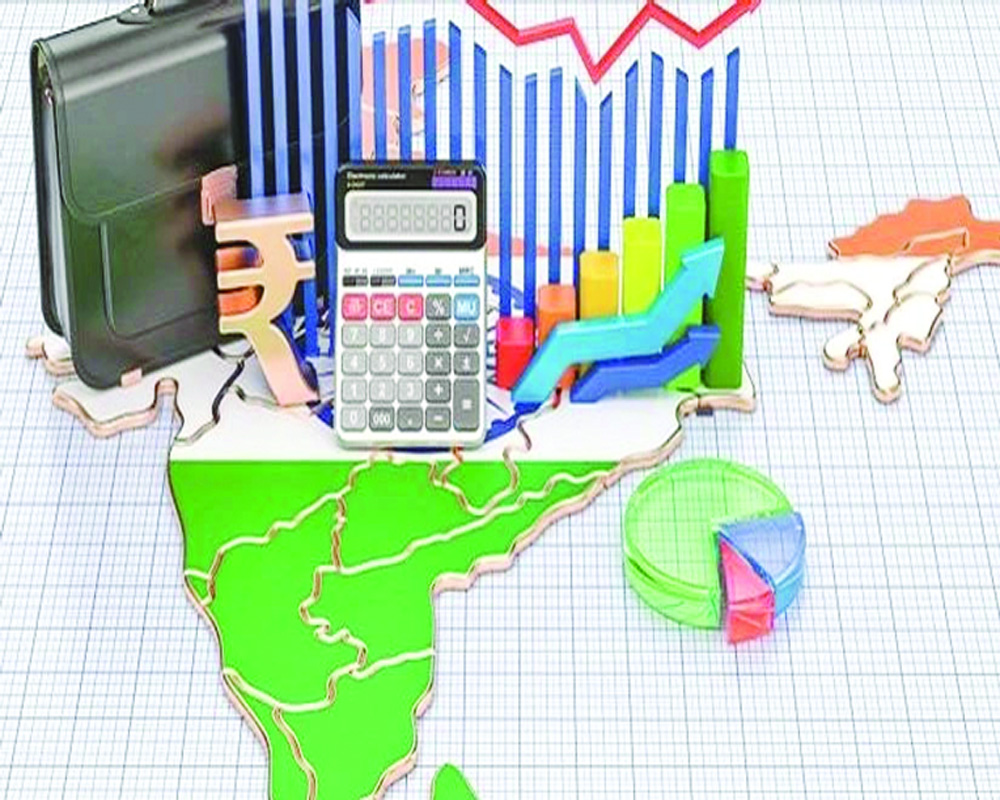

Local Consumption Growth Can Offset US Tariff Losses: CEA
Local Consumption Growth Can Offset US Tariff Losses: CEA



“After assessing Q1 resilience and July’s high-frequency indicators, we see no reason to downgrade the estimates,” the CEA said during a virtual press interaction. India’s GDP expanded by 7.8 per cent in the April–June quarter of 2025-26, significantly higher than 6.5 per cent in the same period last year.
Nageswaran noted that India’s domestic demand is expected to strengthen further in the coming quarters, aided by the festive season and impending GST changes. He added that higher kharif sowing, above-normal monsoon, and comfortable buffer stocks would help keep food inflation in check.
The CEA also welcomed the recent sovereign rating upgrade by S&P to BBB, calling it “a recognition of India’s robust macroeconomic fundamentals.” He highlighted that ongoing reforms—such as the work of the Task Force for Next-Gen Reforms, state-level deregulation, and easing borrowing costs—will continue to attract capital, boost consumption, and support investment momentum.
However, he cautioned that near-term risks remain, especially for exports and capital formation, given uncertainties around reciprocal tariffs and external trade flows.
According to official data, the Indian economy grew 6.5 per cent in 2024-25, after recording 9.2 per cent growth in 2023-24. Growth in the two preceding years stood at 8.7 per cent (2021-22) and 7.2 per cent (2022-23), making India the fastest-growing major economy globally.
At present, policymakers remain confident that domestic consumption and reforms-driven investment will help cushion India against global trade disruptions.
 OpinionExpress.In | New Delhi | By Opinion Express | August 29, 2025
OpinionExpress.In | New Delhi | By Opinion Express | August 29, 2025

“After assessing Q1 resilience and July’s high-frequency indicators, we see no reason to downgrade the estimates,” the CEA said during a virtual press interaction. India’s GDP expanded by 7.8 per cent in the April–June quarter of 2025-26, significantly higher than 6.5 per cent in the same period last year.
Nageswaran noted that India’s domestic demand is expected to strengthen further in the coming quarters, aided by the festive season and impending GST changes. He added that higher kharif sowing, above-normal monsoon, and comfortable buffer stocks would help keep food inflation in check.
The CEA also welcomed the recent sovereign rating upgrade by S&P to BBB, calling it “a recognition of India’s robust macroeconomic fundamentals.” He highlighted that ongoing reforms—such as the work of the Task Force for Next-Gen Reforms, state-level deregulation, and easing borrowing costs—will continue to attract capital, boost consumption, and support investment momentum.
However, he cautioned that near-term risks remain, especially for exports and capital formation, given uncertainties around reciprocal tariffs and external trade flows.
According to official data, the Indian economy grew 6.5 per cent in 2024-25, after recording 9.2 per cent growth in 2023-24. Growth in the two preceding years stood at 8.7 per cent (2021-22) and 7.2 per cent (2022-23), making India the fastest-growing major economy globally.
At present, policymakers remain confident that domestic consumption and reforms-driven investment will help cushion India against global trade disruptions.










FREE Download
OPINION EXPRESS MAGAZINE
Offer of the Month

Comments (0)